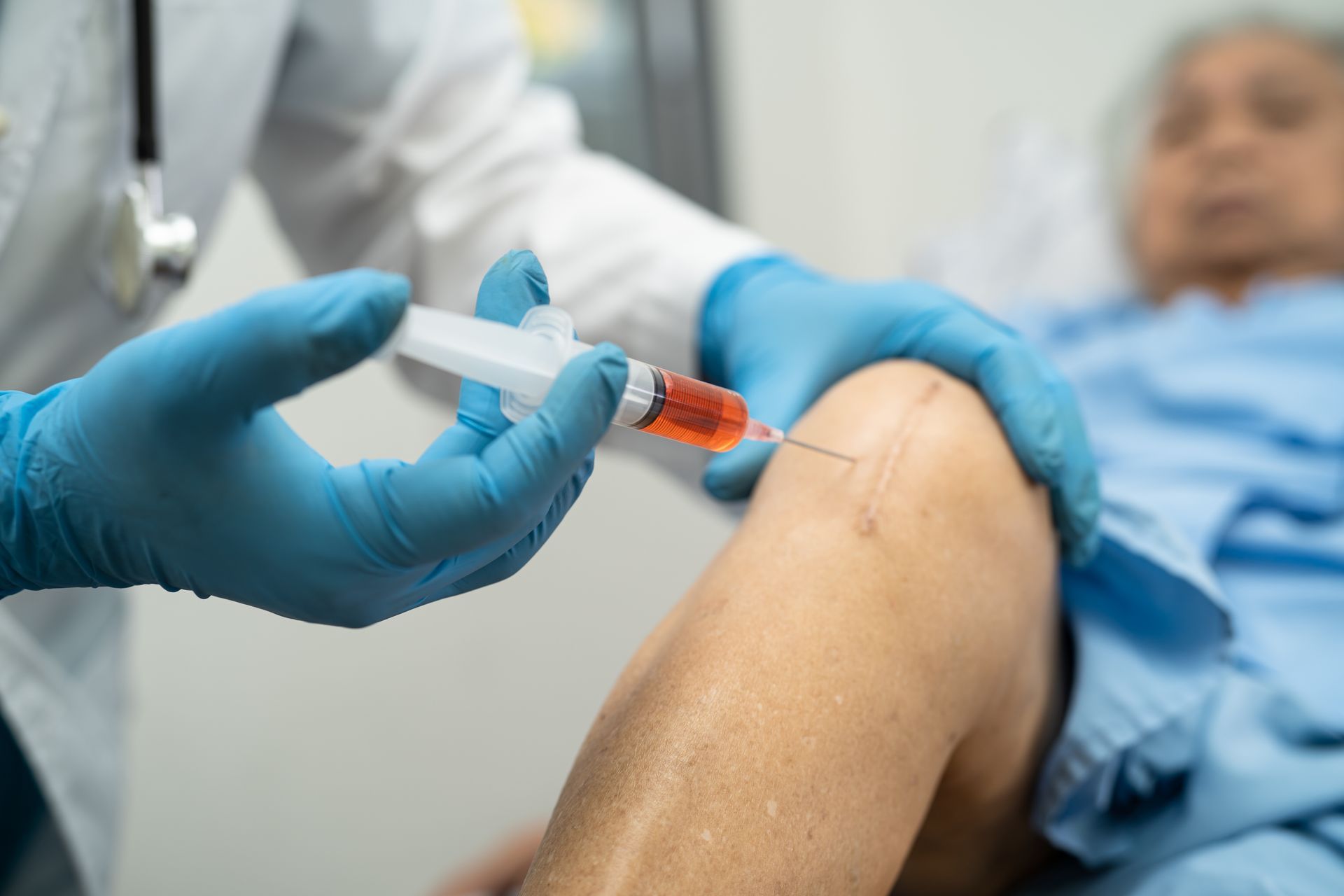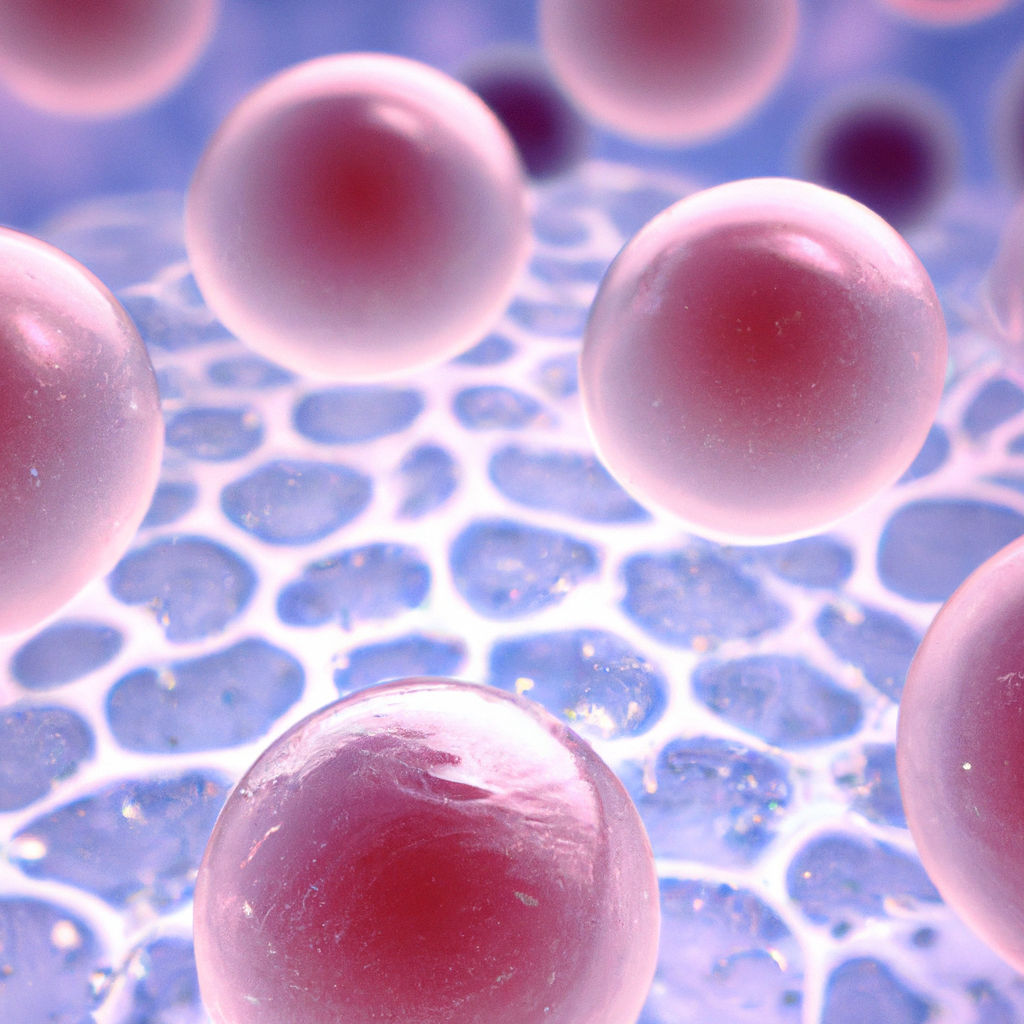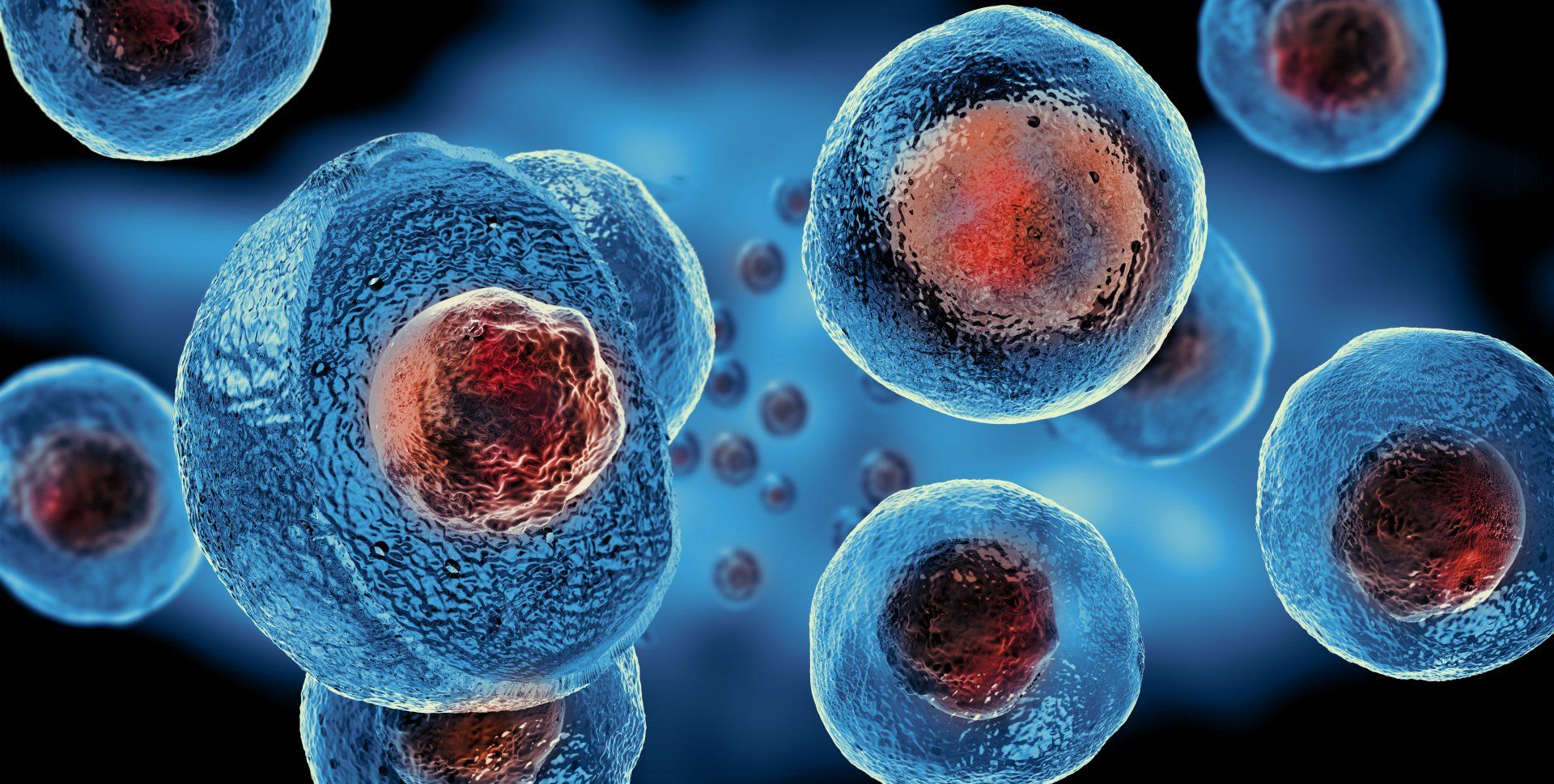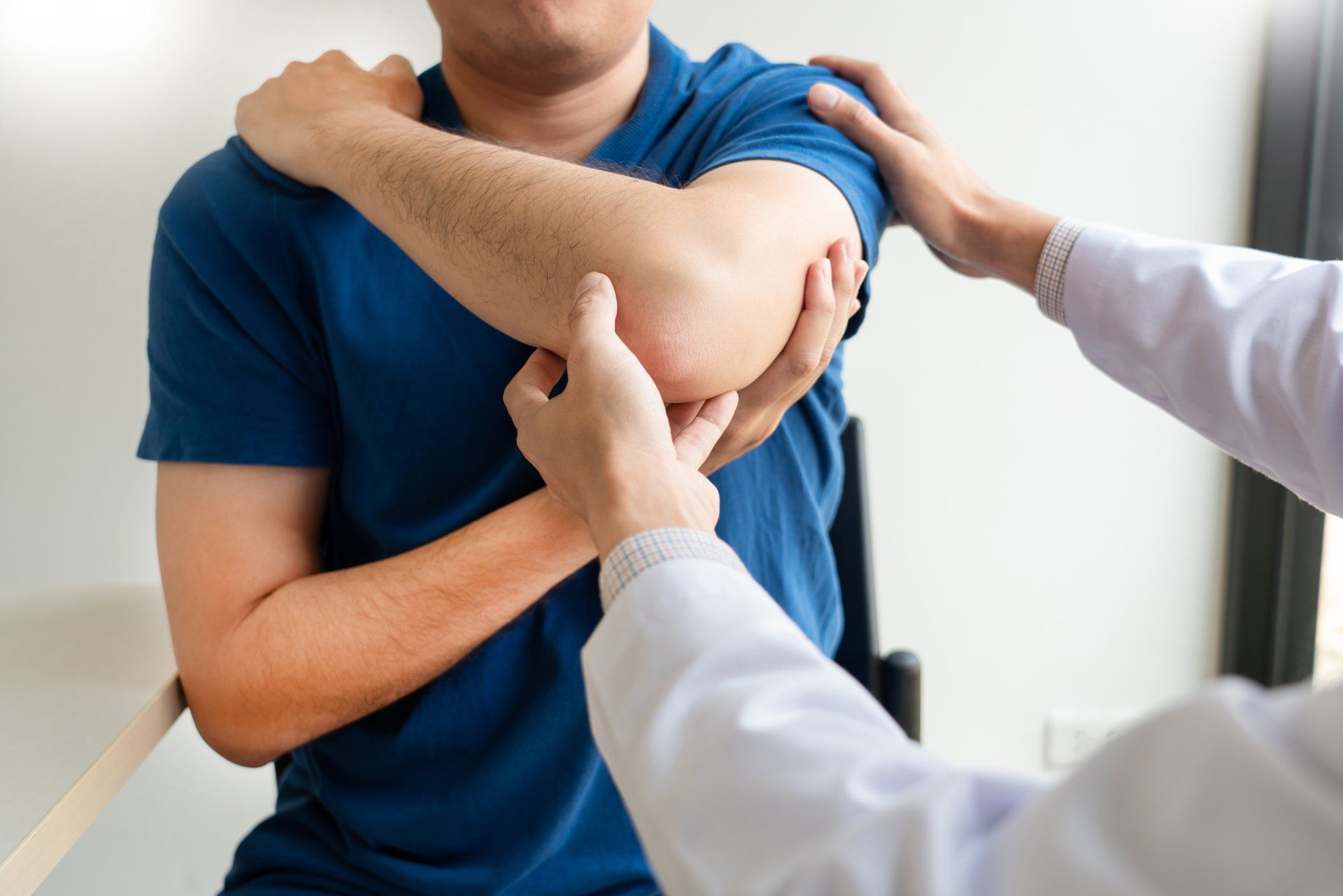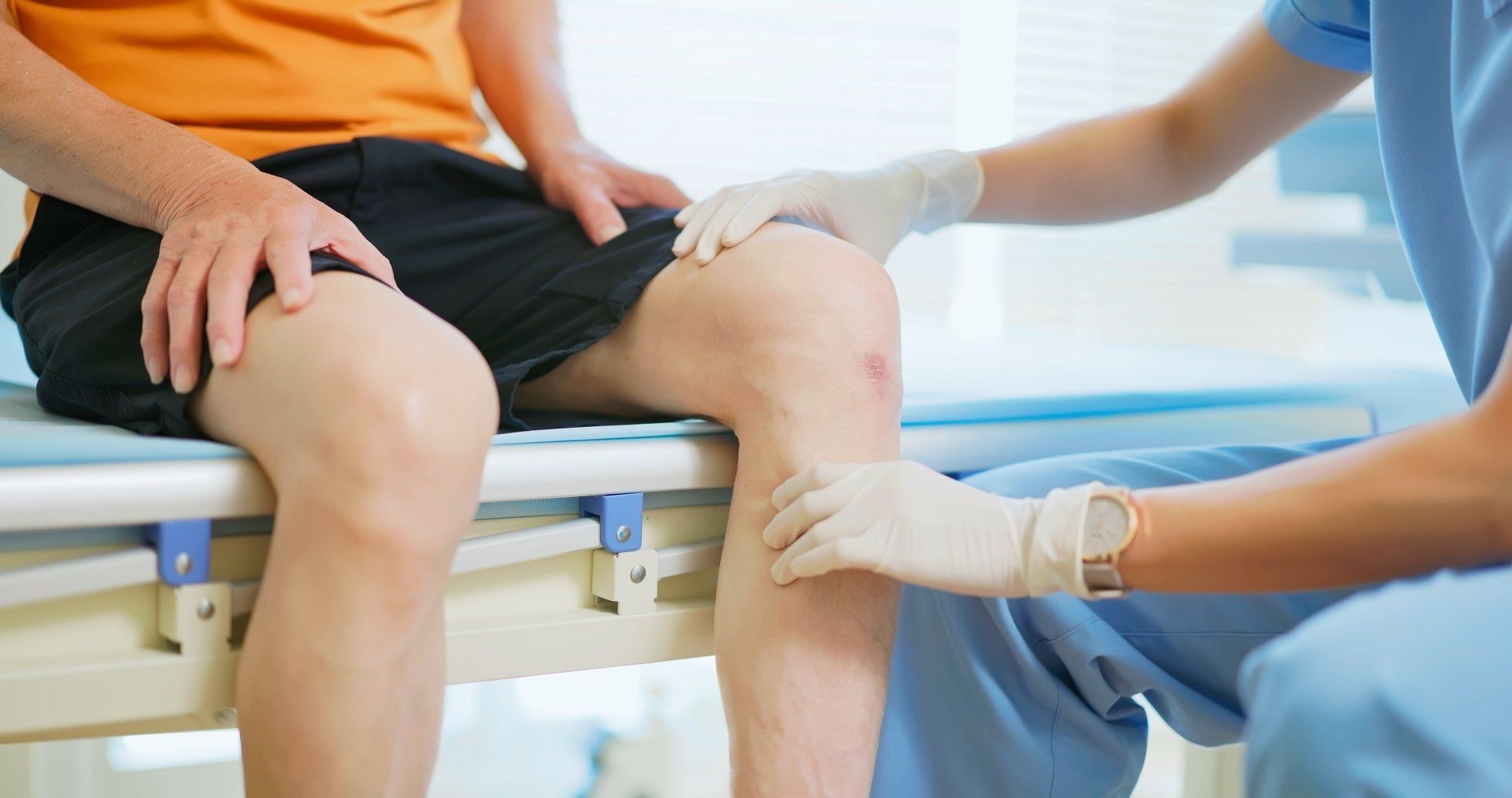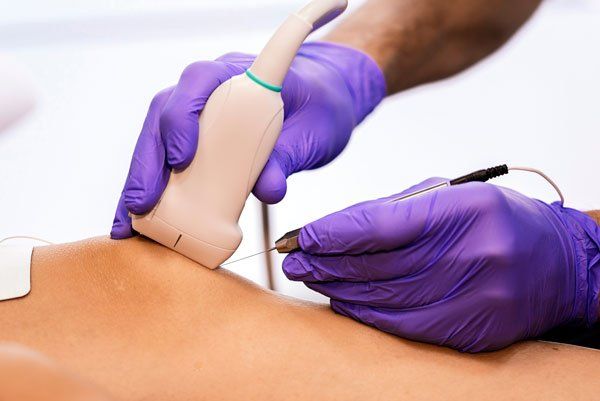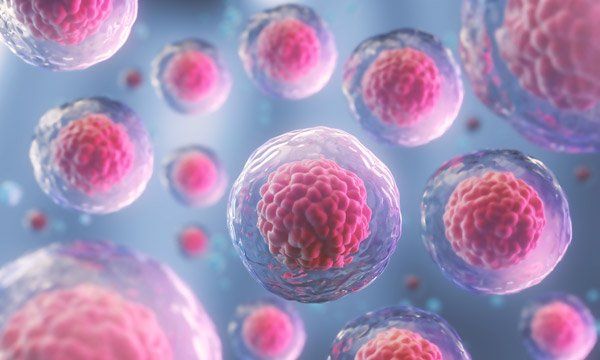Shoulder pain? Here are your treatment options with rotator cuff tears.
Why surgery is not a great option for rotator cuff tears, Here is what the research says:
Surgery should best the last option!
Did you know that Rotator cuff tears are responsible for more than 2 million Americans to visit their physicians each year? Adults who experience shoulder achiness or stiffness, pain, and loss of movement frequently have this type of damage.
Your shoulder can become weak if you have rotator cuff disease. As a result, doing basic daily tasks—like combing your hair or changing clothes becomes extremely challenging.
What does a tear look like, and how to address the issue with novel stem cell treatment for rotator cuff tearing? Let's discuss stem cell shoulder treatment in this article!
What is RotaCuff Tears?
An assortment of muscles and tendons in the shoulder form the rotator cuff. They enable comprehensive mobility in this intricate ball-and-socket joint and strengthen and support the shoulder joint. This is particularly valid for lifting the arms, such as changing clothes, combing, and weight-lifting motions.
The tearing of these shoulder muscles can develop due to an accident, such as overworking or repetition, especially when moving hands above the head, or they might appear later in life due to daily wear and tear. Physical therapy is frequently performed when Imaging reveals a tear to the rotator cuff structures; however, surgery is commonly advised if that doesn't work.
Can Surgery Be A Viable Option For Rotator Cuff Tears?
In general, some medical doctors recommend surgery to treat them, but it is not an effective or proper treatment option due to the high rates of postoperative failure. In almost 6 out of 10 people who undergo surgical repair of their torn rotator cuff tendons, the structure retore. According to other evidence, 57% of people who undergo surgery for significant rips fail to repair and the tear recurrs.
You may think that surgery is the best approach for more severe rotator cuff damage. However, research shows that for many tears physical therapy can be just as successful. In studies of patients with full-thickness shoulder injuries from five years ago, 75% were still experiencing positive results from some home-based treatments. Furthermore, those who opted for surgical intervention often found it difficult to fully extend their shoulder and continued to feel pain. This is especially true for individuals over the age of 60, with approximately one third not seeing any improvements.
So considering these studies, surgery for rotator cuff tear is not a good choice. Then what? There is a novel approach to address the issue and it is regenerative medicine with stem cell, platelet rich plasma and other orthobiologics. Here's what you need to know!
Stem Cell Treatment For Rotator Cuff Tears—A Novel Approach
Because fewer of our healing cells may be needed to help the rotator cuff heal after surgery, human gene expression affects how the tendon heals. So, rotator cuff stem cell therapy improves the body's inherent capacity for healing.
Furthermore, note that your body contains mesenchymal stem cells in the bone marrow, fat, and other tissues, among other places. These cells can aid in the healing of tendon injuries because they are the body's repairing agent for any recovery. This most likely functions via the cells functioning as a project manager (by providing surrounding cells chemical instructions) as well as a variety of other ways, such as transforming into tendon cells as necessary.
Further, stem cell therapy for shoulder injuries can be classified into surgical and nonsurgical treatments.
Nonsurgical Stem Cell Therapy For Rotator Cuff Tears
Researchers conducted a randomized controlled experiment with stem cells for shoulder repairs, after demonstrating promising results in more than 100 patients. The outcomes presented show that, in contrast to surgery, a precise injection of the patient's bone marrow stem cells for torn rotator cuff out performed physical therapy and surgery.
Basic science research in animals that demonstrate how bone marrow concentrate (BMC) helps develop stronger tendon tissue and minimizes some of the issues with tendon healing provides evidence. Therefore, most patients can avoid surgery with careful injections of high-dose BMC.
It is important to understand that there are few successful options for shoulder pain associated with rotator cuff tears, until now. Bone marrow aspirate concentrate injections, along with platelet rich plasma for shoulder tendonitis and physical therapy are extremely successful at returning a person to an active and functional quality of life. As this is non-surgical and noninvasive, it is a great option for people needing something that avoids a scalpal and with an improved rehabilitation course that does not involve months of rigorous PT or post-operative pain. In light of the new research and medical findings, it would appear that stem cell therapy for shoulders and regenerative medicine for tendonitis are a very improved and conservative option.
At Spectrum Stem Cell and Regenerative Medicine Center we have the experience necessary to provide advanced healthcare to get the best outcome. Please contact us today so we can help get you back to the activities which make you happy!
we would love to hear from you
If you have questions, comments, concerns, and/or compliments to share, we would love to hear from you!
Contact Us
We will get back to you as soon as possible.
Please try again later.
Contact
(262) 202-8312 P
(414) 973-2870 F
Hours 8:30AM-6PM M-F
9AM-1PM Saturday
Location
Copyright © 2022 Spectrum Medical Clinic. All Rights Reserved. | Created by Olive + Ash. Managed by Olive Street Design

